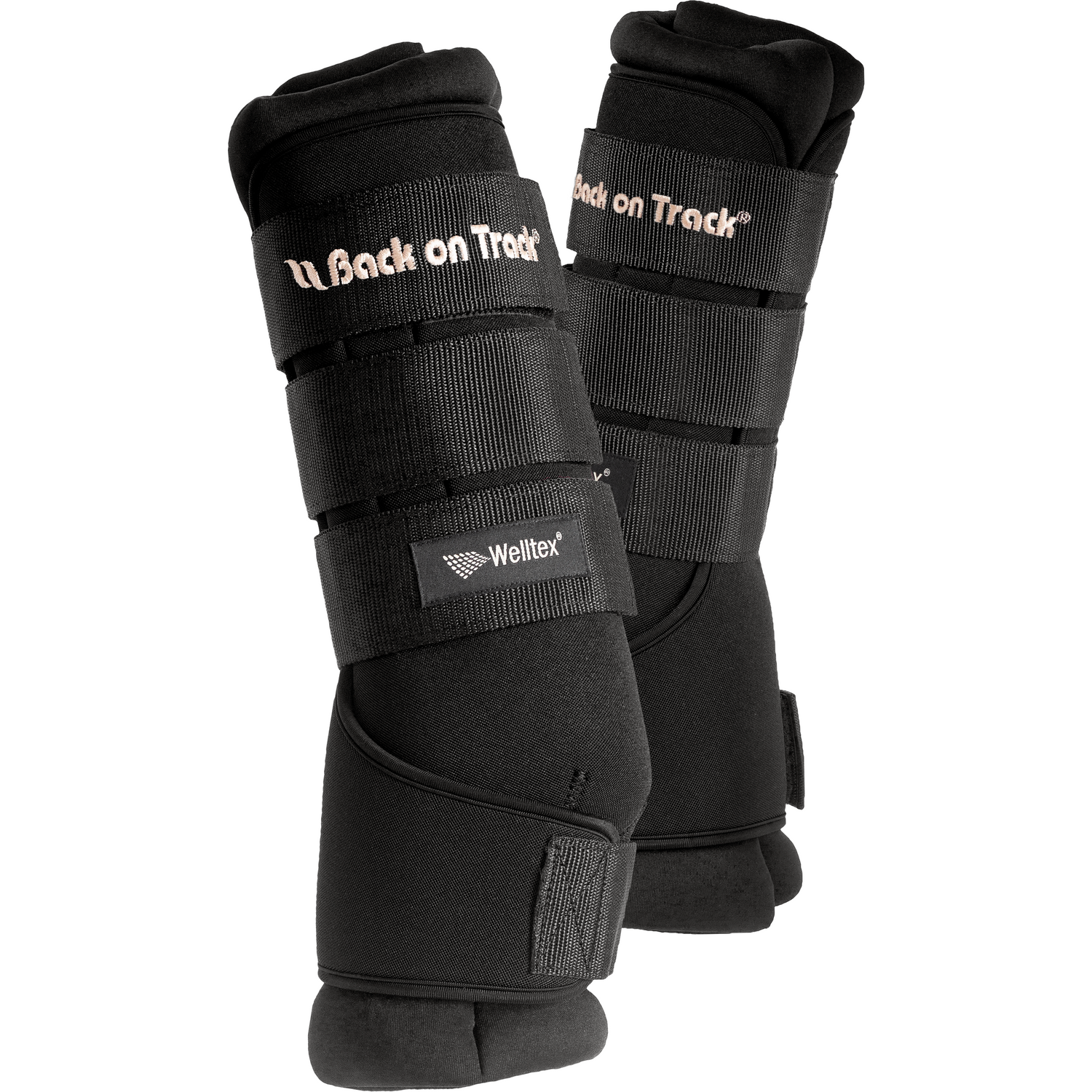A good riding helmet protects your head by absorbing the force of a hard impact and spreading the energy further through the helmet's elastic, shock-absorbing material.
A helmet equipped with Mips works the same way - but also adds an extra level of protection. Mips safety system is developed to divert some of the powerful kinetic energy that is released after the head is exposed to an oblique impact.
A blow directed obliquely to the helmet can cause a sudden and violent throw of the head immediately after the impact. This subjects the brain to a twisting rotational movement - something that in the worst case can result in both a concussion and severe tissue damage.
The best helmet is the safest!
The Mips safety system is a Swedish invention that aims to add extra safety to a variety of different types of helmets. The system - visible as a yellow shell on the inside of the helmet - consists of a layer that can move slightly, independent of the helmet. This adds a certain elastic quality to the helmet; a little extra space for the head to move, no more than 10-15 mm. But this small margin can make a big, significant difference when you really need it.
In the event of an oblique impact followed by rotation enables -system for the head to follow the direction of movement, while still firmly anchored and enclosed by the protective helmet. The system thereby helps to redirect the movement energy and mitigate its effect on the brain.
Safety has been our focus since we started making helmets. Back on Track is constantly working to increase safety awareness in equestrian sports, and we have long fought for it to be practiced in a safe manner.
Our collaboration with extends far back in time. Back on Track was even the first to equip its helmets with the safety system developed by Mips. This means that the yellow shell has now been in our helmets for more than 15 years! And for at least as long, Back on Track has's riding helmets are considered to be among the safest on the market. This has been confirmed as we managed to place ourselves either first or as "Good Choice" in independent tests.
In 2018, for example, the EQ3 Lynx helmet was named "Best in Test" by the Swedish insurance company independent test of riding helmets.
But most importantly: Our helmets have proven their reliability in real situations and contributed to the successful outcome of serious incidents.
Mips' security system is a direct result of Swedish research
In Mips' test laboratory outside Stockholm, our riding helmets are subjected to one hard blow after another. The effect is documented using high-speed cameras and sensitive sensors.
The blows against both flat and slanted surfaces aim to realistically recreate what usually happens in a riding accident. Most high-quality helmets can effectively absorb the energy of a hard, straight impact.
But in reality, the helmet is rarely hit by linear, well-balanced blows straight to the surface. Instead, the blow hits obliquely, at an angle, and on impact can create strong rotational forces that cause the head to accelerate in a new direction. Unfortunately, it has been shown that precisely the screwing, twisting forces after the impact are particularly harmful to the brain.
It was when Peter Halldin, researcher at KTH, and Hans von Holst, neurosurgeon and professor emeritus, began to realize this connection, that they also began to work on developing the Mips safety system - with the aim of reducing the number of severe brain injuries among riders, who usually after all, wearing a helmet at the time of the accident.
Rotation "twists" the brain
The brain is soft, malleable and fragile. It rests surrounded by a liquid that dampens and delays the effect of violent head movements. In an accident, however, the kinetic energy transferred to human tissues can become too strong and overwhelming. During rotational movements, the brain is twisted in a way that causes internal wear and tear in its gelatinous mass.
One can say that -the system protects in the same way as the cerebrospinal fluid around the brain does; by creating an inertia which in turn causes a slight delay in the effects of the rotational force. The Mips system thus takes into account both the physiological properties of the brain and how the forces of physics therefore act on it.
Coupled with the helmet's shock-absorbing properties, Mips provide very good protection, resulting in a riding helmet designed to dissipate multiple types of kinetic energy - so the helmet breaks, instead of your most important asset!
The brain is soft, malleable and fragile. It rests surrounded by a liquid that dampens and delays the effect of violent head movements. In an accident, however, the kinetic energy transferred to human tissues can become too strong and overwhelming. During rotational movements, the brain is twisted in a way that causes internal wear and tear in its gelatinous mass.
One can say that -the system protects in the same way as the cerebrospinal fluid around the brain does; by creating an inertia which in turn causes a slight delay in the effects of the rotational force. The Mips system thus takes into account both the physiological properties of the brain and how the forces of physics therefore act on it.
Coupled with the helmet's shock-absorbing properties, Mips provide very good protection, resulting in a riding helmet designed to dissipate multiple types of kinetic energy - so the helmet breaks, instead of your most important asset!


